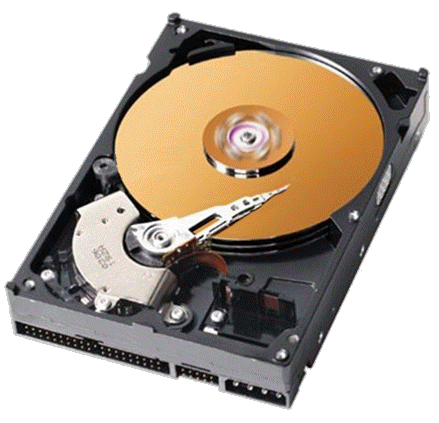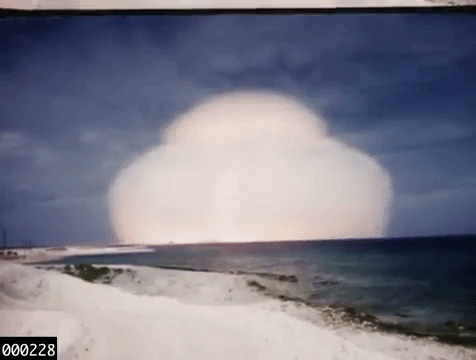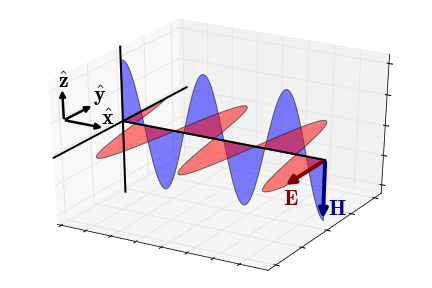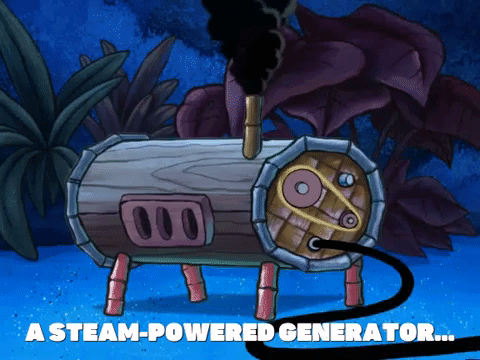National Institute of Atomic Warfare
Home | Research | Get Involved | About
Research
The National Institute of Atomic Warfare (NIAW) operates state-of-the-art cold storage datacenters designed to safeguard critical data against the most extreme threats, including nuclear warfare. These facilities combine advanced cold storage techniques with robust structural and operational resilience to ensure data integrity and availability in catastrophic scenarios. This page outlines the cold storage methodologies employed and the engineering principles that enable our datacenters to withstand atomic warfare.
Cold Storage Techniques
Cold storage refers to the archival of data that is infrequently accessed but must be preserved for long-term retention, often for regulatory, historical, or strategic purposes. The NIAW employs cutting-edge cold storage techniques to ensure data durability, security, and energy efficiency. Key methods include:
Tape Storage Systems

Magnetic tape remains a cornerstone of cold storage due to its longevity, cost-effectiveness, and high storage capacity. The NIAW uses enterprise-grade tape libraries with advanced error correction and encryption to store petabytes of data. Tapes are stored in climate-controlled environments to prevent degradation, with a lifespan of up to 30 years under optimal conditions. Automated robotic systems retrieve and manage tapes, minimizing human intervention and ensuring rapid access when needed.
Optical Disc Storage

For specific high-value datasets, the NIAW utilizes archival-grade optical discs, such as Blu-ray or specialized glass-based media. These discs are resistant to environmental factors like humidity and electromagnetic interference, making them ideal for long-term preservation. Data is written in formats that ensure compatibility with future systems, and discs are stored in secure, fireproof vaults.
Hard Disk Drive (HDD) Cold Storage

While HDDs are typically associated with active storage, the NIAW employs low-power HDD arrays for semi-cold storage. These drives are spun down when not in use, reducing energy consumption and wear. Advanced redundancy protocols, such as RAID configurations, ensure data integrity even in the event of hardware failure.
Data Integrity and Security

All cold storage media are encrypted using military-grade AES-256 encryption to prevent unauthorized access. Regular integrity checks are performed using checksums and blockchain-based verification to detect and correct data corruption. Data is also replicated across multiple media types to mitigate risks associated with any single storage technology.
Environmental Control

Cold storage facilities are maintained at precise temperature and humidity levels to maximize media lifespan. The NIAW datacenters use advanced HVAC systems with redundant power supplies to ensure consistent conditions, even during external disruptions. Anti-static measures and dust-free environments further protect sensitive media.
Resilience Against Atomic Warfare

The NIAW's cold storage datacenters are specifically designed to endure the catastrophic effects of nuclear warfare. This includes protection against blast waves, electromagnetic pulses (EMPs), and radioactive fallout. The following engineering principles and protocols ensure that our facilities remain operational and data remains intact in the event of a nuclear attack.
Structural Fortification

The datacenters are constructed underground within reinforced bunkers made of high-strength concrete and steel, capable of withstanding the shockwaves and overpressure of nuclear detonations. The facilities are located in geologically stable regions to minimize risks from earthquakes or secondary effects. Blast doors and sealed entry points prevent penetration by debris or contaminants.
Electromagnetic Pulse (EMP) Protection>

Nuclear explosions generate EMPs that can disrupt or destroy electronic systems. The NIAW datacenters are shielded with Faraday cages and grounded enclosures to block electromagnetic interference. Critical systems are hardened with EMP-resistant components, and redundant backups are stored in isolated, non-electronic formats (e.g., optical or tape media) to ensure data recovery post-EMP.
Radiation Shielding

To protect against radioactive fallout, the datacenters are equipped with thick lead and concrete shielding. Air filtration systems remove radioactive particles, maintaining a clean internal environment. Personnel and equipment operate within sealed zones to prevent contamination, and automated systems reduce the need for human presence during high-risk periods.
Power Redundancy and Autonomy

The facilities are powered by multiple independent energy sources, including hardened nuclear reactors, solar arrays, and battery banks designed to operate post-attack. Backup generators are stored in EMP-shielded enclosures, and fuel reserves are maintained for extended operation. Energy-efficient cold storage systems minimize power demands, ensuring long-term sustainability.
Network Isolation and Security

To prevent cyber threats amplified during warfare, the datacenters operate in air-gapped environments, physically disconnected from external networks. Data transfers occur via secure, one-way protocols, and all incoming media are rigorously scanned for malware. Intrusion detection systems and continuous monitoring ensure the facility remains uncompromised.
Redundant Data Locations

The NIAW maintains multiple geographically dispersed datacenters to ensure data survivability. Each facility operates independently, with synchronized data replication to prevent single-point failures. In the event of a localized attack, data can be retrieved from unaffected sites, ensuring continuity.
Thermal and Fire Resistance

Nuclear warfare can generate extreme heat and fires. The datacenters are equipped with fire-suppression systems using inert gases that do not damage storage media. Thermal insulation and cooling systems maintain internal temperatures, even under external heat stress, protecting both hardware and data.